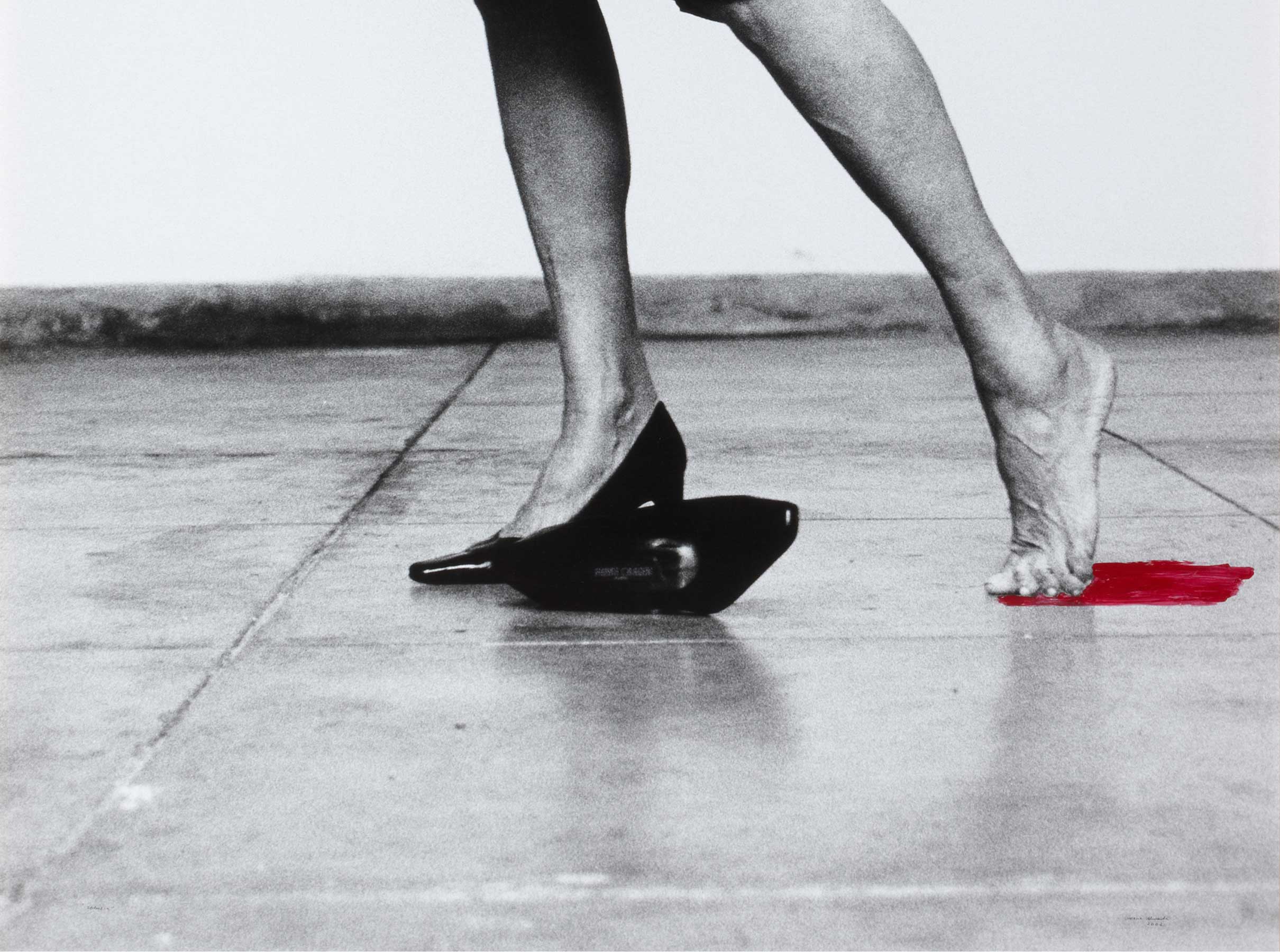Afternoon Shadows (1982) is a large canvas that is a fine example of that definition of “interior landscape” that Esteban Vicente used so frequently to refer to his works. Compositions stripped of all artifice, where no trace of the human figure can be found and whose pictorial execution moves away from the gestures and agitation typical of some of the known travelling companions of the artist, the members of the North-American abstract expressionism movement. This canvas, in the same way as many of Esteban Vicente’s landscapes — spaces of stillness and rest — has a harmonious balance with colour and light as its fundamental components. Perhaps for this reason, and despite his ongoing link with expressionism, Esteban Vicente explained in an interview that he considered himself to be ‘simply abstract’ – not expressionist –, something that he stressed he would not repeat to avoid argument.
‘I have always said that my landscapes are interior landscapes, serene landscapes,” was another assertion made by the artist. In Afternoon Shadows he uses a pallet of warm tones where yellows, magentas and oranges prevail. Planes of colour that generate a bright and compact space, a silent place yet to be ‘discovered’. An ‘unfathomable’ space, which can only be ‘understood by seeing it’, as the author explained in another conversation with journalist Juan Vicente Boo in 1998 for his retrospective at the Reina Sofia: ‘I cannot talk about my painting. Never. I cannot explain my painting. Painting is a language, just as literature is another and poetry another [...] Painting cannot be explained. You have to see it to understand it. Just one. Everybody is the authority. If you do not see it, you do not understand it, in the same way that you do not understand literature if you do not read it, even if it is described to you. Painting is an expression even less immediate than literature because the writer can use their mother tongue while the painter has to create it’.
Other works by Esteban Vicente

